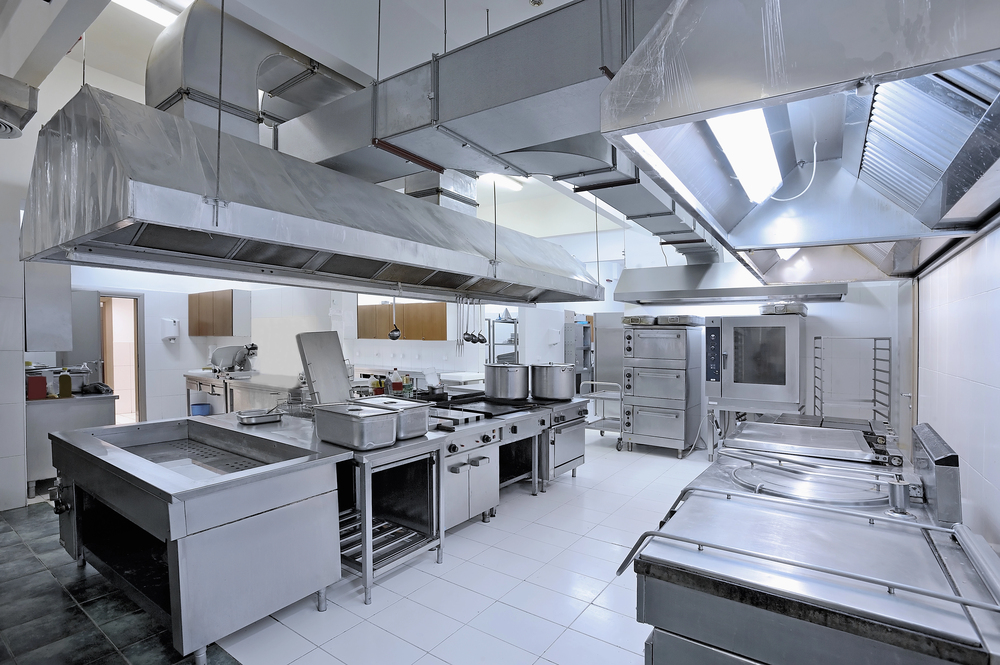Understanding the Differences in Design
Not all crates serve the same purpose. In busy commercial kitchens, selecting between solid and ventilated designs can significantly impact workflow, hygiene, and food safety. While they might appear similar at first glance, their structure, function, and benefits vary drastically depending on what needs storing or transporting.
Optimizing Airflow and Cooling Efficiency
Ventilated plastic crates are crafted with perforated sides and bases to allow maximum air movement. This characteristic makes them ideal for environments where temperature control, drying, or rapid cooling is essential. For freshly rinsed produce, dairy products that must stay cool, or ingredients prone to moisture buildup, these crates ensure circulation is not obstructed. The ability to breathe, quite literally, helps preserve freshness and extend shelf life.
Moisture Containment and Leak Management
Solid crates, on the other hand, are engineered to prevent leakage and spillage. When dealing with thawing proteins, wet goods, or marinades, containment is crucial. These designs provide a sealed base and walls that stop any liquid from seeping out. That’s particularly important when sanitation protocols demand zero tolerance for cross-contamination between wet and dry storage zones.
Storage Applications: What Goes Where?
Each type serves distinct storage roles. Solid crates work exceptionally well for storing heavy cuts of meat, seafood in ice, or anything prone to releasing liquids. Their robust walls support heavier loads and can withstand stacking pressure in high-volume kitchens. By contrast, ventilated options are better suited to herbs, leafy greens, and other items that benefit from continual airflow. They prevent wilting and inhibit mold growth caused by trapped humidity.
Transport Considerations in a Fast-Paced Kitchen
Mobility adds another layer of complexity. Ventilated designs, being lighter due to their open structure, are easier to carry over longer distances or between cold rooms. When speed matters—such as during restocking or food prep—lighter containers can reduce fatigue and increase efficiency. Solid crates, though heavier, offer sturdier construction ideal for transporting items with sloshing liquids or fragile packaging that must remain upright.
Cleaning and Sanitation Procedures
Hygiene is non-negotiable in food service. The ease of cleaning both types depends largely on their surface exposure. Ventilated crates dry quickly post-wash, limiting bacterial growth and reducing time spent in sanitation zones. Their open framework allows water and soap to pass through freely. Solid versions may require more thorough scrubbing due to hidden corners and crevices that trap residue. However, they excel in containing spills that otherwise complicate cleaning procedures.
Durability and Long-Term Value
Both options offer durability, though their lifespans depend on the usage context. Frequent exposure to freezing or extreme heat might weaken ventilated frames over time. Solid crates are more resilient in rugged back-of-house operations where they might be dropped, dragged, or overfilled. Choosing the right one often comes down to identifying which type of wear-and-tear is more likely in your kitchen’s daily grind.
Stackability and Space Optimization
Space is at a premium in most food preparation areas. Solid crates generally nest better when empty, conserving room in storage zones. Ventilated units, with their bulkier shape and non-flat edges, may take up more shelf space. However, their design makes them easier to identify by contents when stacked, which can speed up inventory checks and retrieval.
Selecting the Right Tool for the Task
No single crate suits every function. Instead, your decision should reflect the specific needs of your kitchen—whether you’re managing wet ingredients that demand total containment or preserving delicate items that need airflow to stay fresh. Weigh the contents, frequency of transport, and hygiene requirements before making your selection.
Final Thoughts
Making the right choice between solid and ventilated crates can improve more than just organization—it can elevate your kitchen’s efficiency and safety. Whether opting for the breathable structure of ventilated plastic crates or the high-retention build of solid variants, aligning your crate choice with your kitchen’s operational rhythm will always serve you well.







